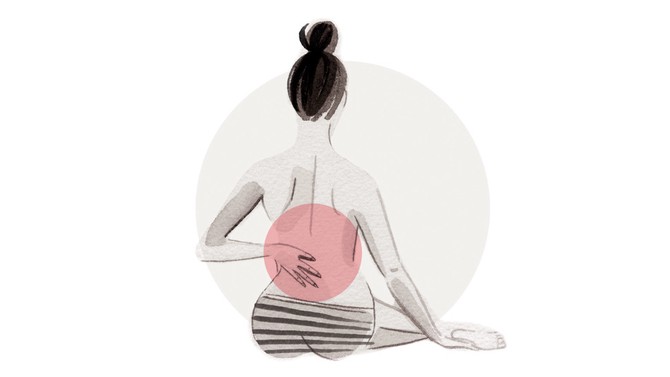The Best Ways to Treat 5 Types of Pain
Experts share a few solutions that might solve your migraines, back pain, knee pain and more.
By Hallie Levine
The Best Thing to Do for Back Pain
Lower back pain afflicts roughly 30 percent of American women at any given time. Here, three main reasons you may be feeling the ache—and how to stop it.
Problem: You're sitting at a desk all day. "When you lean forward for an extended period, you can create chronic pressure on your lower back and spine," says orthopedist Robert Gotlin, DO, of Mount Sinai Beth Israel hospital in New York City.
Solve it: Consider a standing desk, which helps keep your core and back muscles engaged. Not your thing? Take a walk. Hoofing it two or three times a week for 20 to 40 minutes at a time can be as effective as physical therapy in easing lower back pain, according to one study.
Problem: You have weak stomach muscles. "If you don't have strong abs, your lower back is left to support the weight of your core, which can lead to painful strain," says Gotlin.
Solve it: Daily planks strengthen back muscles and, more important, require you to use muscles deep in the abdomen as well as the ones in your hips and shoulders. Lie facedown on the floor and align your elbows directly under your shoulders, wrists in line with elbows. Contract your abs and glutes to lift your hips and knees off the floor. Hold for as long as you can. Repeat three to five times, increasing your hold time each day.
Problem: You have a herniated disc. These soft, rubbery pads found between the vertebrae in your spinal column act as shock absorbers. As you age, their jellylike centers push out and occasionally rupture.
Solve it: You'll need to see a doctor to confirm the diagnosis, even though in many cases the pain will go away with rest and anti-inflammatories. Ice can help, and certain stretches may also move the disc away from the nerve. Try this: Lie on your back on the floor, lift one leg, and bring your knee in to your chest. Hold for five seconds, then do the other leg. Repeat ten times.
From the April 2016 issue of O, The Oprah Magazine


